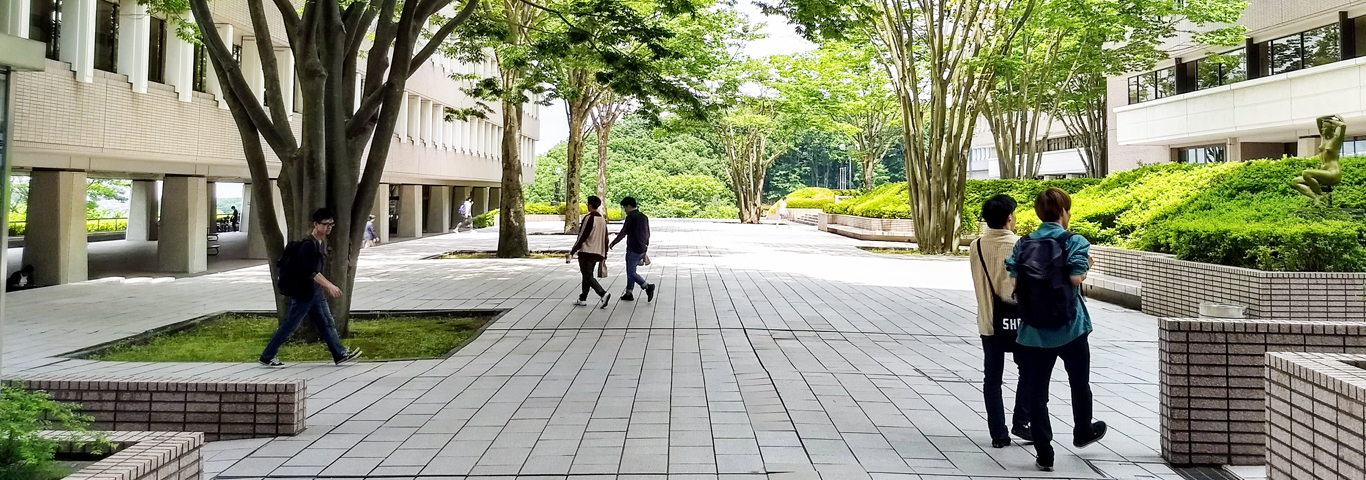HOME > Information > 2018 > Collaborative research opportunity with the School of Biosciences and Biotechnology

Information
Collaborative research opportunity with the School of Biosciences and Biotechnology
Professor Atsushi Sato and colleagues are looking for collaborators from all over the world for projects on the development of bioconjugated (PEG, Fc and albumin fused) lactoferrin as a therapeutic protein.
Professor Atsushi Sato and colleagues in the School of Biosciences and Biotechnology at Tokyo University of Technology are engaged in research related to bioconjugated lactoferrin, such as PEGylation [Patented in Japan (Tokkyo 4261531 go), US (US8673839), Canada (2620132) and Europe (EP1932855). See also Nojima, Y., et al., Bioconjug Chem 19, 2253-2259, (2008) and Nojima, Y., et al., Pharm Res 26, 2125-2132 (2009).], Fc fusion [Patented in Japan (Tokkyo 5855239 go), US (US9809641) and Europe (EP2842969). See also Shiga. Y., et al., Eur J Pharm Sci. 67, 136-143 (2015) and Shiga. Y., et al., Molecular pharmaceutics, 14, 3025-3035, (2017).] and albumin fusion [Patent pending].They have developed a novel engineered Fc fusion technique to extend “the life-span of biopharmaceutical” in the body without the risk of side effects, thereby producing human lactoferrin / hinge-deficient Fc (CH2-CH3) fusion (hLF-CH2-CH3) as a therapeutic protein.
Fusion of biopharmaceuticals with the Fc portion of an antibody is a well-known strategy widely applied to prolong protein half-life in plasma. However, the Fc portion in fusion proteins can potentially induce immune responses and lead to possible side effects.
To overcome this issue observed with the conventional Fc fusion technique, the researchers focused on the Fc hinge region of IgG, which is essential for inducing immune responses as effector functions. They found that conjugation of hinge-deficient Fc (CH2-CH3), a nonimmunostimulatory region of IgG, in biopharmaceuticals improves their stability in vivo without eliciting immune responses that may potentially damage target cells. Therefore, hinge-deficient Fc fusion is a promising step toward the further development of powerful protein drugs. The report appears in American Chemical Society’s Molecular pharmaceutics(Vol. 14, p. 3025-3035, 2017). The researchers have also succeeded in developing human lactoferrin / hinge-deficient Fc (CH2-CH3) fusion (hLF-CH2-CH3) as a therapeutic protein. They have already patented this fusion protein in Japan (Tokkyo 5855239 go), US (US9809641) and Europe (EP2842969).
The researchers are now involved in the development of human lactoferrin / human albumin fusion (hLF/HSA) as a long-acting anti-cancer drug.
They found that conjugation of albumin to human lactoferrin exhibits enhanced anti-cancer activities and improved pharmacokinetic properties (patent pending). The researchers are in search of collaborators for a project on developing albumin-fused lactoferrin as a long-acting anti-cancer agent.
Atsushi Sato, Ph.D., Professor
School of Bioscience and Biotechnology,
Tokyo University of Technology
1404-1, Katakura, Hachioji, Tokyo, 192-0982 Japan
TEL: +81-426-37-2197, FAX:+81-426-37-2112
E-mail:atsato@stf.teu.ac.jp